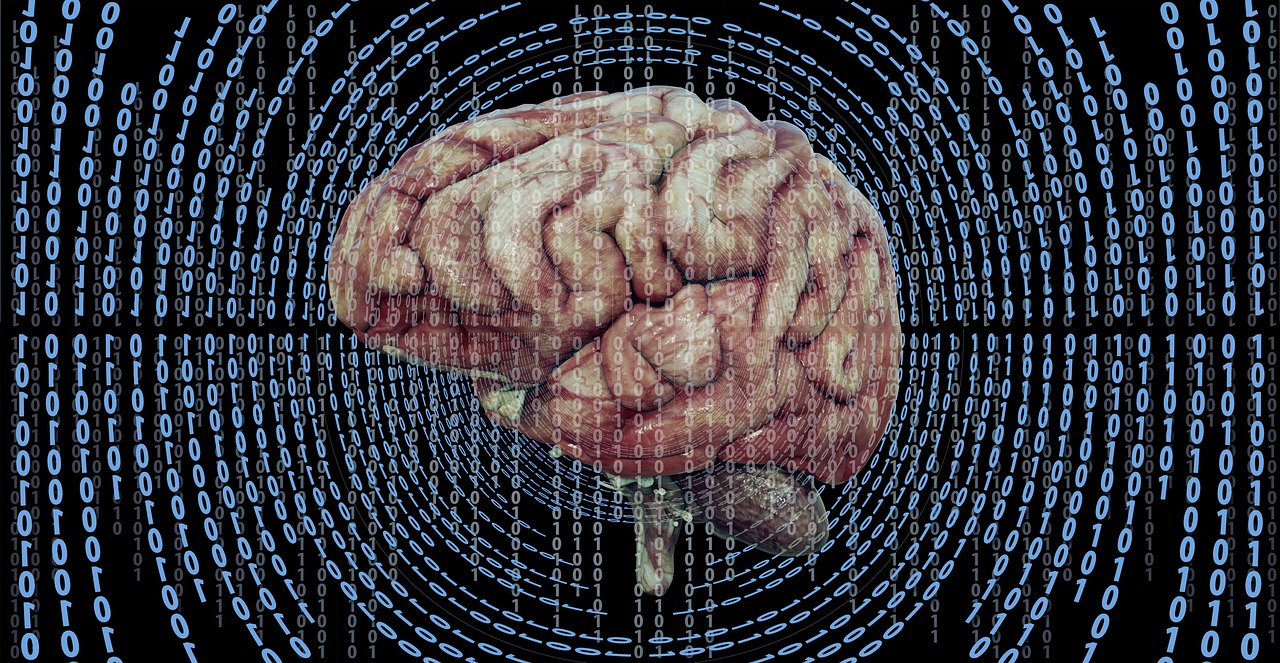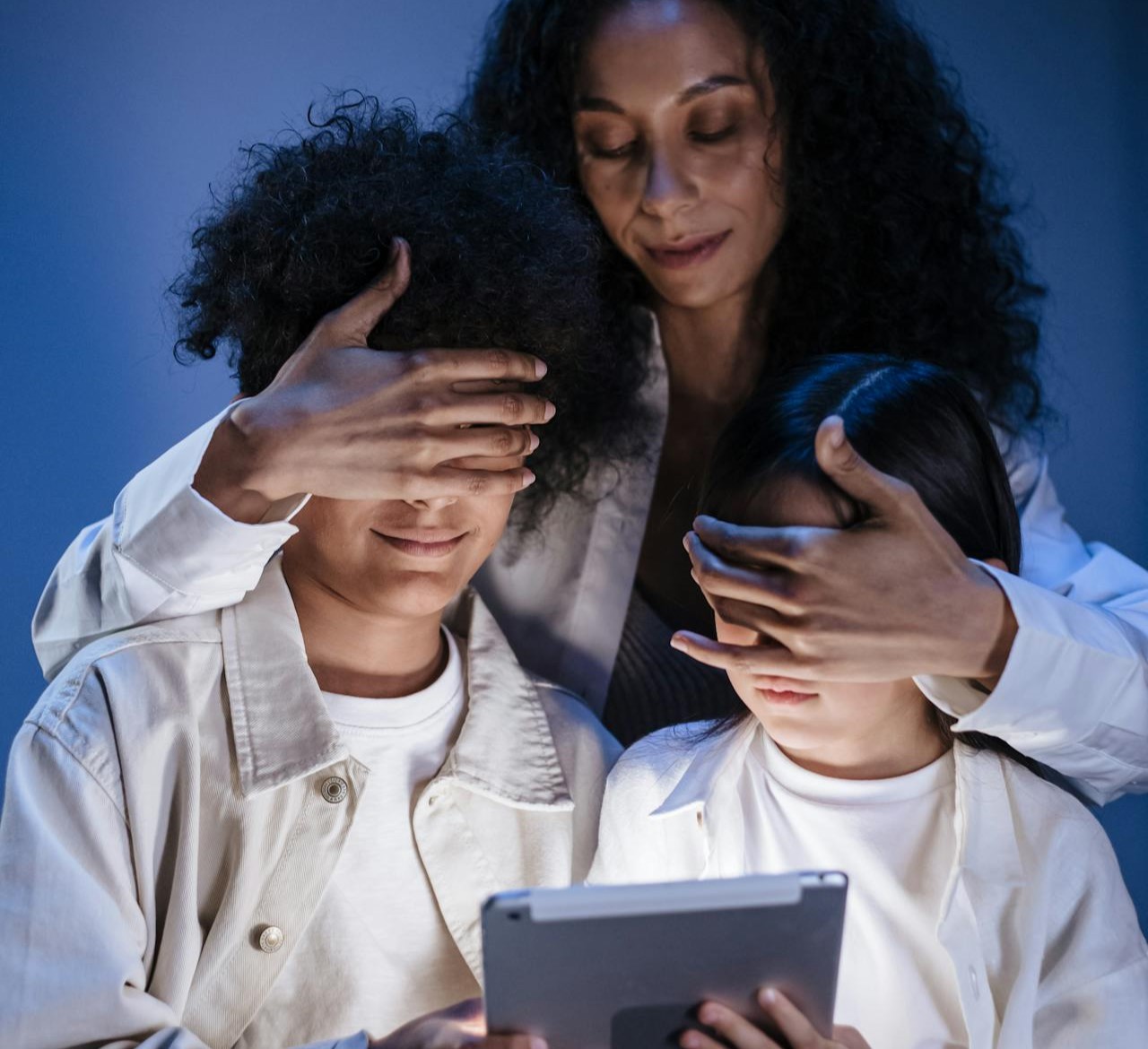Mental Health
Up to 10 Percent of Schoolchildren Have a Learning Disorder
According to one estimate, 1 in 10 percent of the American population has a learning disability. In the school, that translates to two to three students in each classroom, which translates to a more difficult challenge for educators who are often told to teach in a one-size-fits-all manner. Recent research hopes to help educators devise better ways to educate students with these special needs, as well as to help illuminate the mechanisms that lead to learning disabilities.
According to a study published in Science, specific learning disabilities, or SLDs, arise from atypical brain development. That brain development works in conjunction with environmental factors to lead to various conditions like dyslexia, dyscalculia, autism spectrum disorder and certain language impediments.
The conditions are already difficult for parents, teachers and children directly affected to manage. Making the situation more difficult is that the underlying circumstances that lead to one specific learning disorder also makes it likely that a student will suffer from another one. For example, out of children with attention deficit hyperactivity disorder, 33 to 45 percent suffer from dyslexia as well. In addition, 11 percent of children who suffer from attention deficit hyperactivity disorder also suffer from dyscalculia.
"We now know that there are many disorders of neurological development that can give rise to learning disabilities, even in children of normal or even high intelligence," lead author Brian Buttersworth, a professor at the University College London's Institute of Cognitive Science, said in a statement. "Crucially these disabilities can also co-occur far more often that you'd expect based on their prevalence."
The researchers hope that further information on the conditions can lead to improvements in education for students with learning disorders. More information will be able to be applied by school psychologists, clinicians and, of course, educators. By understanding how brain development is different in children with learning disorders, educators can work on ways to devise individualized pathways for academic education.
"Each child has a unique cognitive and genetic profile, and the educational system should be able to monitor and adapt to the learner's current repertoire of skills and knowledge," Buttersworth said. "A promising approach involves the development of technology-enhanced learning applications - such as games - that are capable of adapting to individual needs for each of the basic disciplines."









Join the Conversation